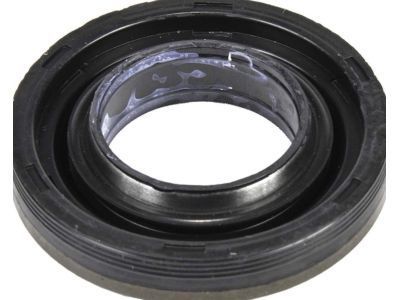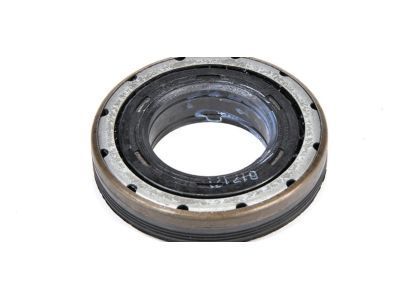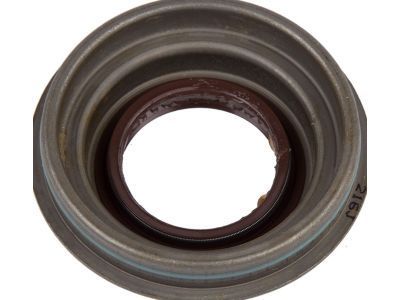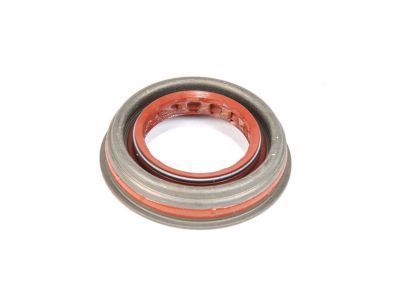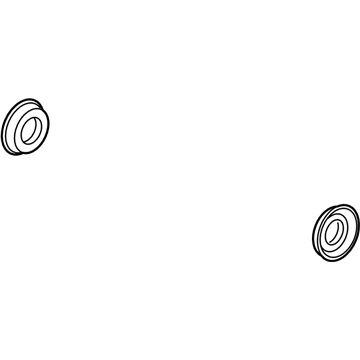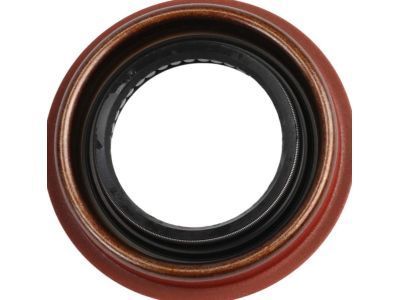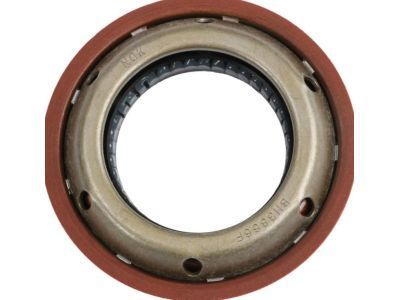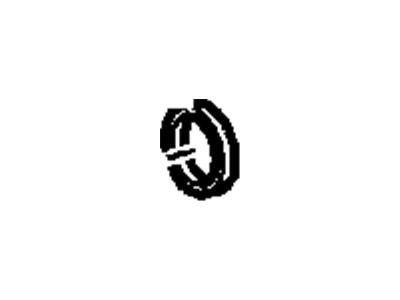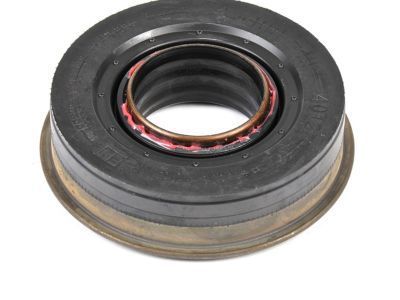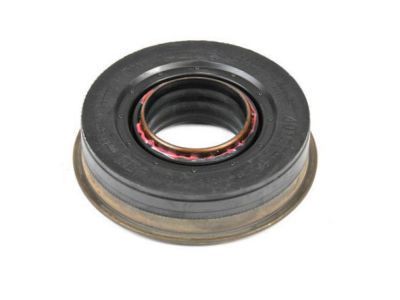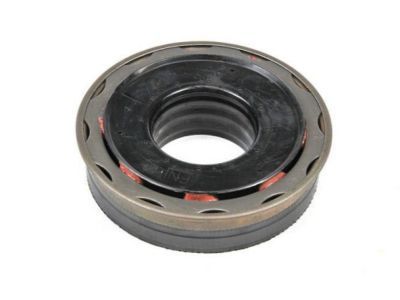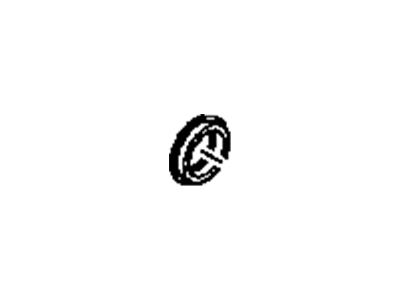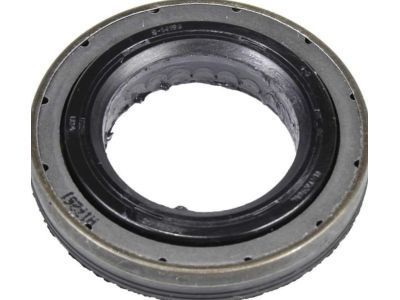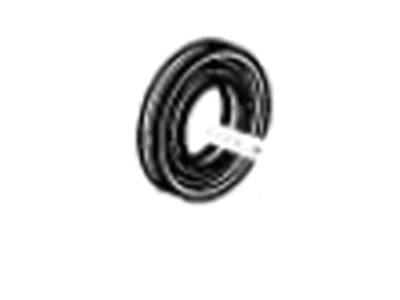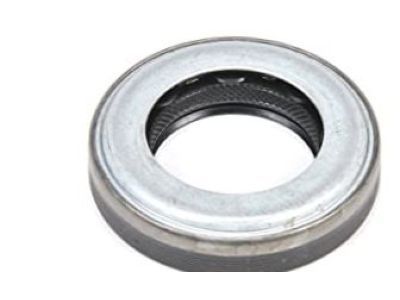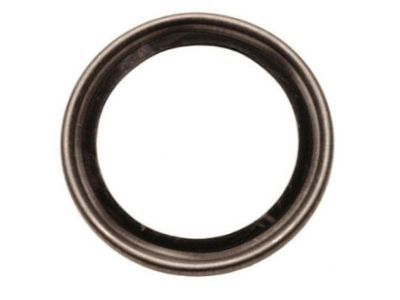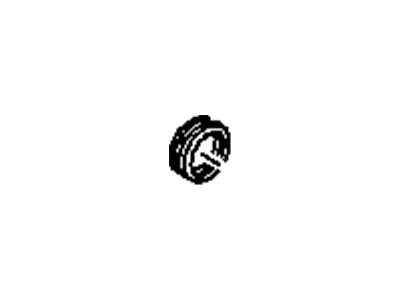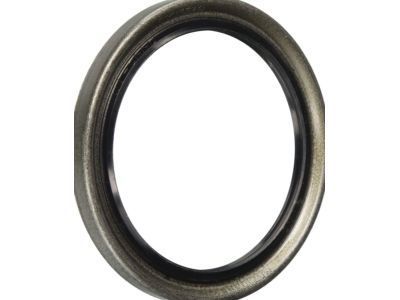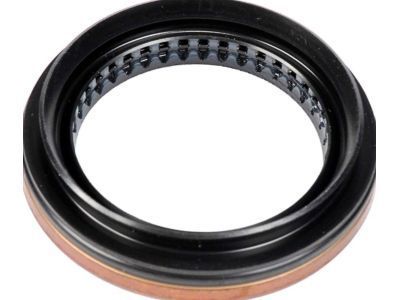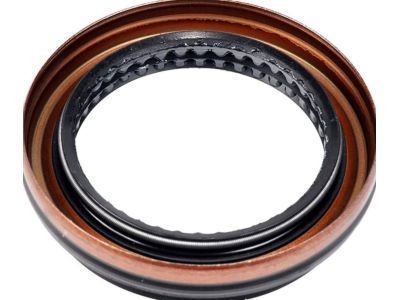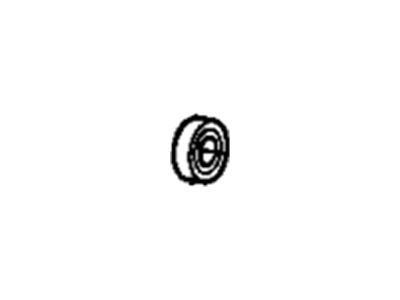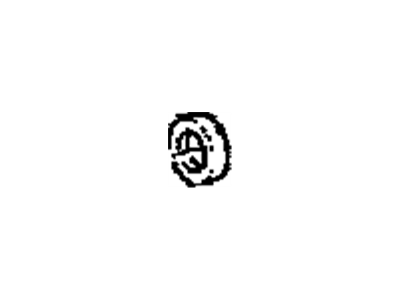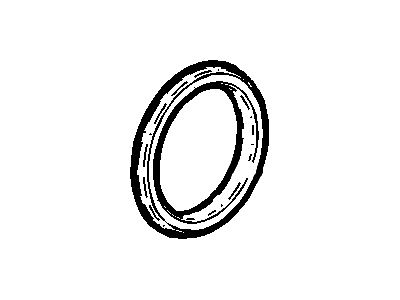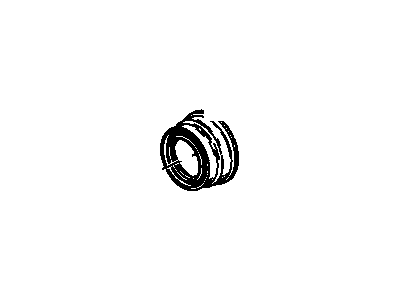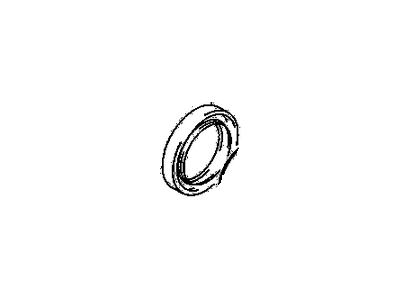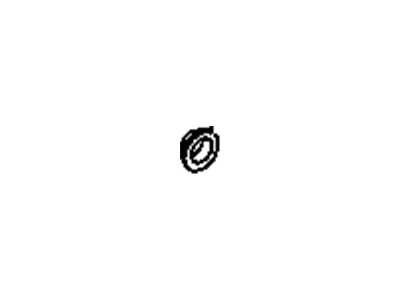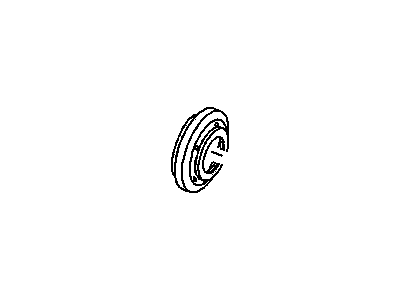
My Garage
My Account
Cart
Genuine Chevrolet Wheel Seal
Wheel Axle Seal- Select Vehicle by Model
- Select Vehicle by VIN
Select Vehicle by Model
orMake
Model
Year
Select Vehicle by VIN
For the most accurate results, select vehicle by your VIN (Vehicle Identification Number).
206 Wheel Seals found
Chevrolet Seal Assembly, Front Drive Axle Inner Shaft
Part Number: 22761722$22.33 MSRP: $38.51You Save: $16.18 (43%)Product Specifications- Other Name: SEAL, Front Axle; Output Shaft Seal
- Position: Front Inner
- Replaces: 12471591, 12471682, 15801507, 12479012, 26059623
Chevrolet Seal Kit, Front Wheel Drive Shaft
Part Number: 24288436$18.32 MSRP: $31.04You Save: $12.72 (41%)Product Specifications- Other Name: Seal Kit, Front Whl Drv Shf; Axle Seal, Output Shaft Seal
- Position: Front
Chevrolet Seal Assembly, Rear Axle Shaft
Part Number: 23206451$23.13 MSRP: $45.48You Save: $22.35 (50%)Product Specifications- Other Name: SEAL, Rear Axle Shaft Bearing or Hub; Axle Seal, Pinion Seal, Seal
- Position: Rear
- Replaces: 23206450
Chevrolet Seal,Front Wheel Drive Shaft Rear Oil
Part Number: 93183567$14.41 MSRP: $24.65You Save: $10.24 (42%)Product Specifications- Other Name: SEAL, Steering Knuckle
- Position: Front and Rear
Chevrolet Seal Assembly, Front Drive Axle Inner Shaft
Part Number: 23196678$70.13 MSRP: $119.91You Save: $49.78 (42%)Ships in 1-2 Business DaysProduct Specifications- Other Name: SEAL, Front Axle; Output Shaft Seal
- Position: Front Inner
- Replaces: 22935647, 20768559
Chevrolet Seal Assembly, Front Drive Axle Inner Shaft
Part Number: 23348300$68.39 MSRP: $116.96You Save: $48.57 (42%)Ships in 1-2 Business DaysProduct Specifications- Other Name: SEAL, Front Wheel Drive Axle Shaft
- Position: Front Inner
- Replaces: 23471886
Chevrolet Seal,Front Drive Axle Inner Shaft
Part Number: 12471586$64.38 MSRP: $92.52You Save: $28.14 (31%)Product Specifications- Other Name: SEAL, Front Axle; Axle Seal, Output Shaft Seal, Seal
- Position: Front Inner
- Replaces: 12471680, 26053322
Chevrolet Seal Assembly, Front Wheel Inner Bearing
Part Number: 3965092$6.01 MSRP: $11.35You Save: $5.34 (48%)Ships in 1-3 Business DaysProduct Specifications- Other Name: SEAL, Front Wheel Bearing
- Position: Front Inner
Chevrolet Seal,Front Wheel Inner Bearing
Part Number: 15651660$5.51 MSRP: $10.76You Save: $5.25 (49%)Product Specifications- Other Name: SEAL, Front Wheel Bearing
- Position: Front Inner
Chevrolet Seal Assembly, Front Wheel Drive Shaft Oil
Part Number: 25196856$17.33 MSRP: $29.62You Save: $12.29 (42%)Product Specifications- Other Name: SEAL, Front Wheel Drive Axle Shaft
- Position: Front
Chevrolet Seal,Rear Wheel Bearing
Part Number: 554631$10.97 MSRP: $20.71You Save: $9.74 (48%)Ships in 1-3 Business DaysProduct Specifications- Other Name: SEAL, Rear Axle Shaft Bearing or Hub
- Position: Rear
Chevrolet Seal,Rear Wheel Bearing
Part Number: 26029137$12.71 MSRP: $16.28You Save: $3.57 (22%)Ships in 1 Business DayProduct Specifications- Other Name: SEAL, Rear Wheel Bearing Oil; Axle Seal, Bearing Seal
- Position: Rear
Chevrolet Seal Assembly, Front Wheel Inner Bearing
Part Number: 6273948$9.68 MSRP: $18.25You Save: $8.57 (47%)Ships in 1-3 Business DaysProduct Specifications- Other Name: SEAL, Front Wheel Bearing; Grease Seal, Oil Seal, Wheel Bearing Seal
- Position: Front Inner
- Product Specifications
- Other Name: Axle Seal
Chevrolet Seal Assembly, Rear Axle Shaft
Part Number: 23286128$27.78 MSRP: $76.71You Save: $48.93 (64%)Product Specifications- Other Name: SEAL, Rear Axle Shaft Bearing or Hub; Axle Seal
- Position: Rear
- Replaces: 23154584
Chevrolet Seal Assembly, Front Wheel Drive Shaft Oil *Green
Part Number: 8666007$5.53 MSRP: $9.11You Save: $3.58 (40%)Product Specifications- Other Name: SEAL, Front Wheel Drive Axle Shaft; Oil Seal, Seal
- Position: Front
Chevrolet Seal Assembly, Rear Axle Shaft
Part Number: 23341259$37.65 MSRP: $73.40You Save: $35.75 (49%)Ships in 1-2 Business DaysProduct Specifications- Other Name: SEAL, Rear Axle Shaft Bearing or Hub; Axle Seal
- Position: Rear
- Replaces: 19301560
- Product Specifications
- Other Name: SEAL, Rear Wheel Bearing Oil; Axle Seal, Inner Seal
- Position: Rear Inner
Chevrolet Oil Seal & Guide Assembly, Front Axle Tube
Part Number: 6273977$13.05 MSRP: $22.20You Save: $9.15 (42%)Ships in 1-2 Business DaysProduct Specifications- Other Name: SEAL KIT, Front Axle; Axle Seal
- Position: Front
- Product Specifications
- Other Name: SEAL, Front Wheel Drive Axle Shaft
- Position: Front
| Page 1 of 11 |Next >
1-20 of 206 Results
Chevrolet Wheel Seal
At GMPartsGiant.com, we offer an extensive inventory of genuine Chevrolet Wheel Seals at competitive prices in the market. All our OEM Chevrolet Wheel Seals are backed by the manufacturer's warranty and will be shipped promptly to your doorstep. Rest assured, our hassle-free return policy is designed to support you throughout your shopping experience!
Chevrolet Wheel Seal Parts Questions & Experts Answers
- Q: How to replace wheel seals on Chevrolet Cruze?A:This procedure demands the use of special tool and it would be pertinent advisory to go through the procedure before practicing it. If the special tools are not available, or suitable ones cannot be made, it is best to have the work done at a dealer service department or at another competent repair facility. Leakage of the oil may be caused by the poor condition of the wheel seals, which can be repaired with replacement of the worn ones without necessarily pulling out the transaxle out of the car. The wheel seals are fitted on the sides of the transaxle where the driveaxles are fitted to the transaxle assembly. If leakage is supposed, lift the car and firmly support it on some jack-stands: fluid will be seen on the sides of the transaxle in case of a leaking seal. To replace the left-side seal that is shown in the previous illustration, first, take off the snap-ring of the stub shaft and dispose of it and then, with the aid of a screwdriver or the seal's removal tool, gently pry off the seal from the transaxle bore. Check to see that the new seal is the correct one for the transmission, and then using only a little trans fluid, put some on outside and inside diameters of the new seal. With the new wheel seal, it is required to use seal installation tool, then turn the tool until a correct fit and depth is achieved. What is left is to install a new snap-ring and then the driveaxle to the stub shaft; while doing so, one must avoid rubbing the splines of the driveaxle against the seal. The rest of the removal process is dotted in reverse and before starting the installation process, it is advisable that the transaxle fluid level should be checked and if needed topped up. In case of the right-side seal, first take out the driveaxle after which if required the intermediate shaft, exercise care while retracting the wheel seal from the transaxle bore. Apply fresh transmission fluid on the new seal, proceed and position it properly in the bore, and adjust it to the standard depth. Replace the intermediate shaft if installed, then the driveaxle; be gentle with the splines. The rest of the installation is the reverse of the removal and it is required to inspect the transaxle fluid level and add, if necessary.
Related Chevrolet Parts
Browse by Model
Astro Wheel Seal Avalanche Wheel Seal Aveo Wheel Seal Beretta Wheel Seal Blazer EV Wheel Seal Blazer Wheel Seal Bolt EUV Wheel Seal Bolt EV Wheel Seal C10 Wheel Seal C1500 Wheel Seal C20 Wheel Seal C2500 Wheel Seal C30 Wheel Seal C3500 Wheel Seal Cadet Wheel Seal Camaro Wheel Seal Caprice Wheel Seal Captiva Sport Wheel Seal Cavalier Wheel Seal Celebrity Wheel Seal Chevette Wheel Seal Citation Wheel Seal City Express Wheel Seal Cobalt Wheel Seal Colorado Wheel Seal Corsica Wheel Seal Corvette Wheel Seal Cruze Wheel Seal El Camino Wheel Seal Epica Wheel Seal Equinox EV Wheel Seal Equinox Wheel Seal Express Wheel Seal G10 Wheel Seal G20 Wheel Seal G30 Wheel Seal HHR Wheel Seal Impala Wheel Seal K10 Wheel Seal K1500 Wheel Seal K20 Wheel Seal K2500 Wheel Seal K30 Wheel Seal K3500 Wheel Seal Lumina Wheel Seal Malibu Wheel Seal Metro Wheel Seal Monte Carlo Wheel Seal Nova Wheel Seal Orlando Wheel Seal P20 Wheel Seal P30 Wheel Seal Prizm Wheel Seal R10 Wheel Seal R20 Wheel Seal R2500 Wheel Seal R30 Wheel Seal R3500 Wheel Seal S10 Wheel Seal SS Wheel Seal SSR Wheel Seal Silverado EV Wheel Seal Silverado Wheel Seal Sonic Wheel Seal Spark EV Wheel Seal Spark Wheel Seal Spectrum Wheel Seal Sprint Wheel Seal Storm Wheel Seal Suburban Wheel Seal Tahoe Wheel Seal Tracker Wheel Seal Trailblazer Wheel Seal Traverse Wheel Seal Trax Wheel Seal Uplander Wheel Seal V10 Wheel Seal V20 Wheel Seal V30 Wheel Seal V3500 Wheel Seal Venture Wheel Seal Volt Wheel Seal
